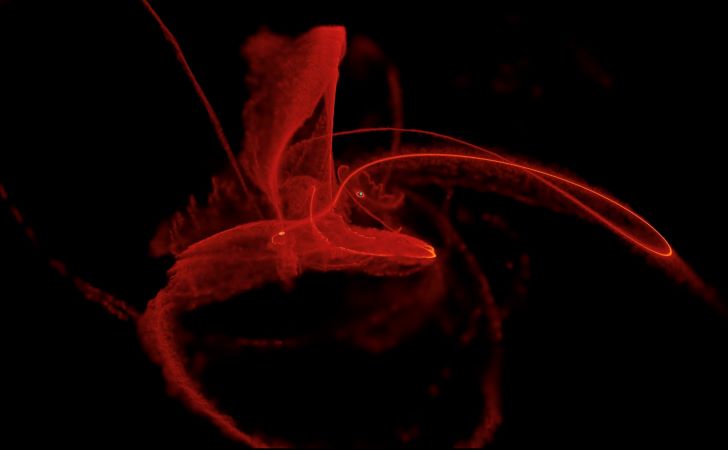Industrial Applications of Ultrafast Lasers I: Basic Physics and Examples
CU Boulder · JILA X317 | UC Berkeley · Birge 468 Critical to the design and development of present and future semiconductor and quantum devices is the full understanding of the electronic structure of the materials that comprise the complex functional stacks in a non-destructive way. In Seminars I and II, I will describe the application of femtosecond ultraviolet photoelectron and photovoltage spectroscopy (fs UPPS) to fully characterize the electronic structure of industrially important materials and devices.




